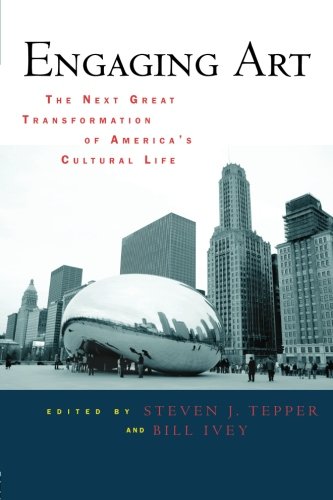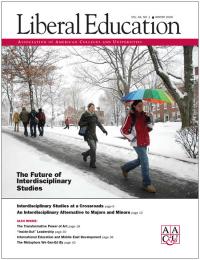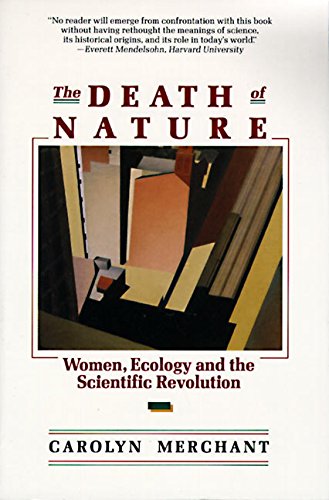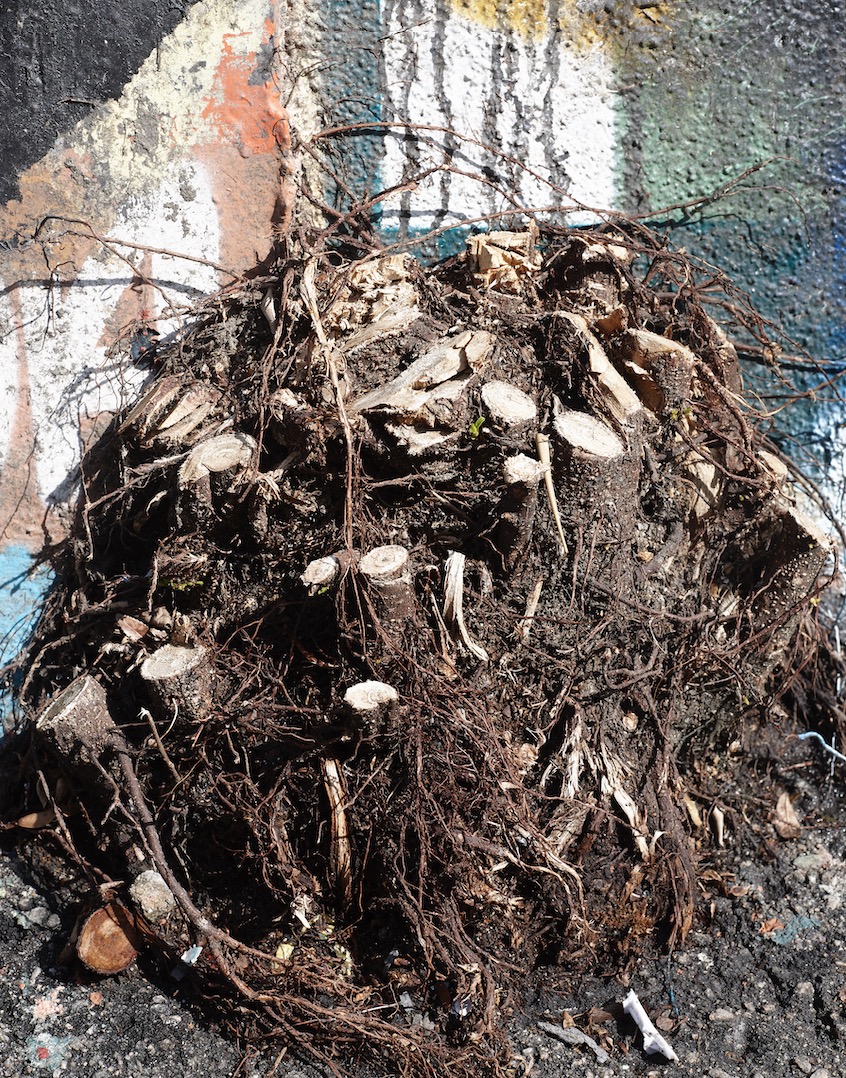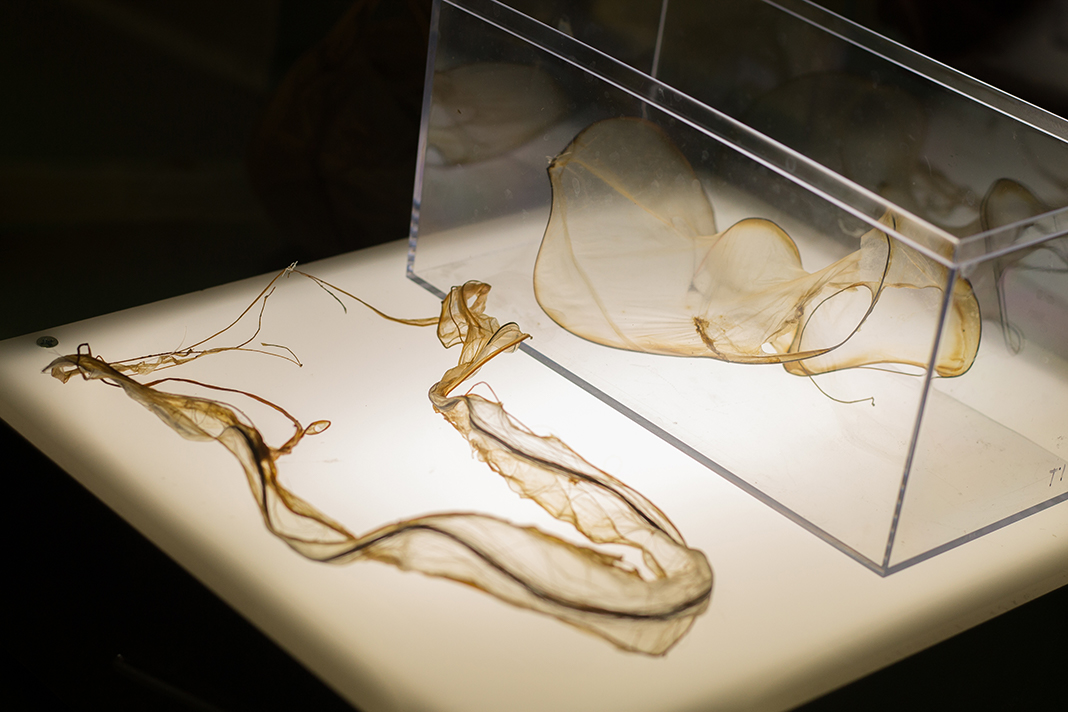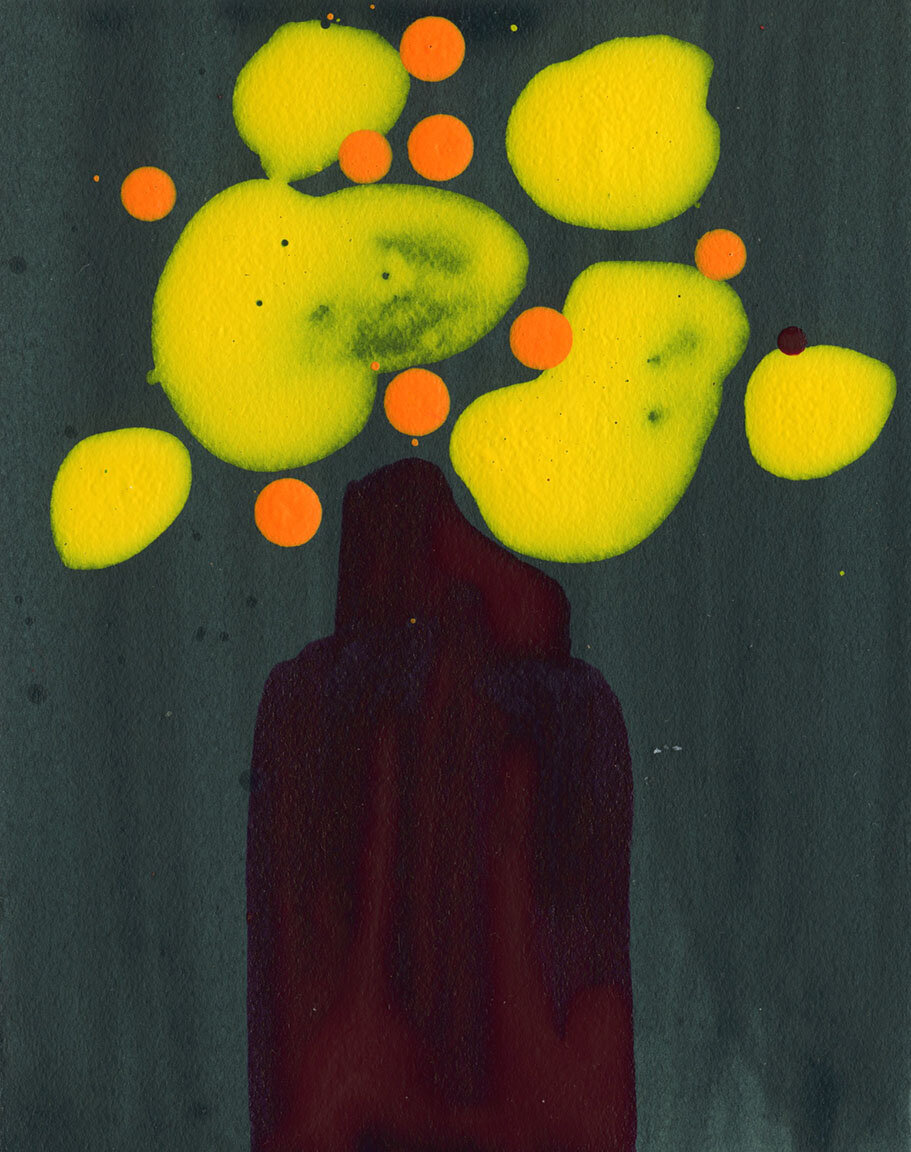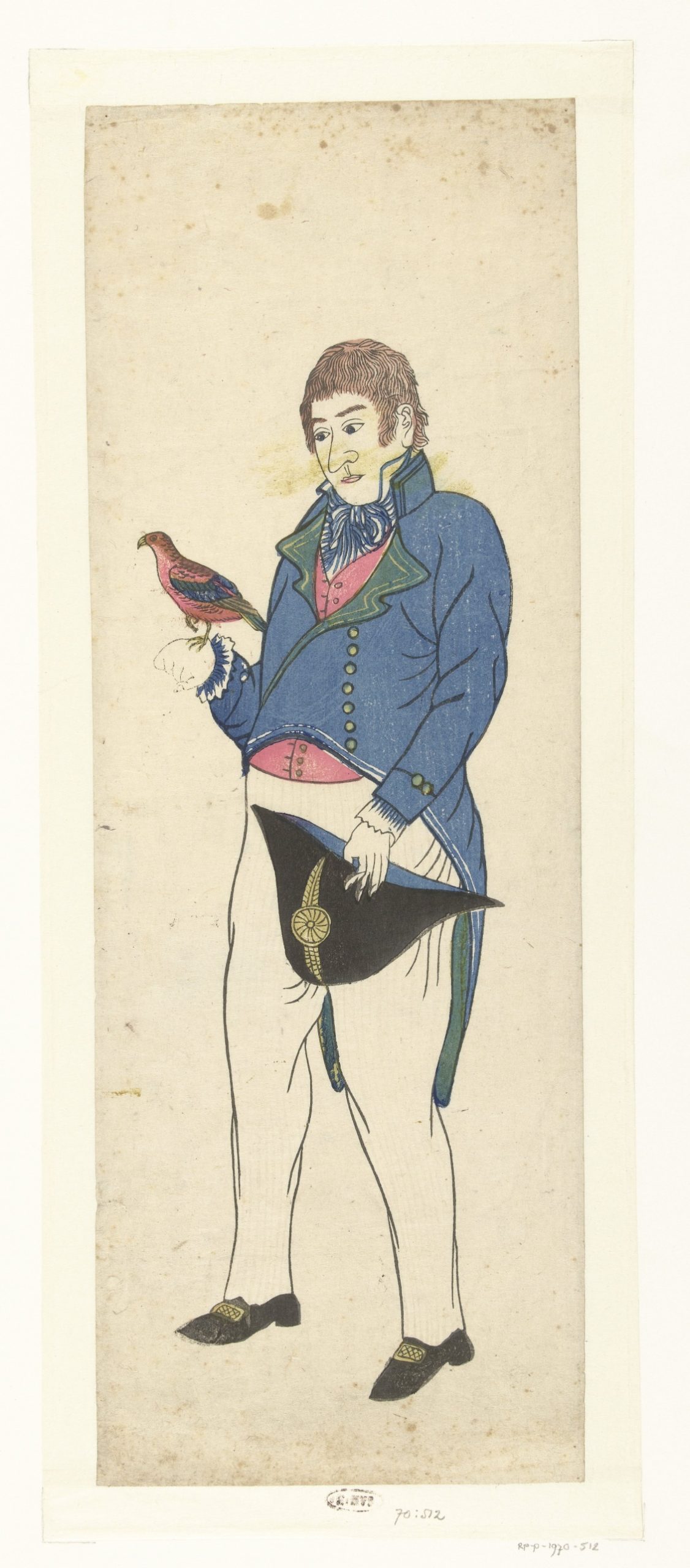“Art attracts us only by what it reveals of our most secret self.”
– Alfred North Whitehead
← Return to Seizing an Alternative
Section Tracks
- Track 1: Anima Mundi: Listening to the Art and Soul of Nature
- Track 2: Aesthetics East and West
- Track 3: Design for Social Innovation: How to Use Design Thinking to Think Through Big Challenges
- Track 4: Eco-Acoustics: The Powerful Ecologies of Music
- Track 5: Film and Hope: The Power of Film to Awaken the Mind
- Track 6: Imaginal Communities: the Power of Place in Art and Story
- Track 7: Tragic Beauty: Poetry, Fiction and Creative Non-fiction in an Irreplaceable World
Art is not divorced from life. It is its intensification. It shapes and reshapes the meanings by which a people live. From street art to high culture, artistic expression has been breaking out of materialistic and reductionistic ways of thinking and effecting actual change.
All building and eating and technology and story-telling are culturally important, but people learned long ago that these things could be done better and more effectively. This better and more effective doing is what we call art. For example, information about the past can be communicated verbally in many ways, but its fullest effect comes when it is done artfully. Story telling is an art. This art can take the form of poetry and dramatic enactment. It can be even more effective when it is chanted or sung or even danced. Religious ritual is often a powerful form of art. This art is not divorced from life. It is its intensification. It shapes and reshapes the meanings by which a people live. For a long time now, in most cultures, the wonder of art has led to an overflow into its pursuit for aesthetic beauty beyond its role in the communication of meanings. Sometimes this contributes to the enjoyment of all the people of a culture. Sometimes art comes to serve one class in society and to become the special province of aesthetes. But even here it can play an important role because so many artists want to do more than just please, and so many of those who appreciate art admire creative developments more than repetition of extant forms. Artists often go beyond expressing the meanings that dominate a culture, to refining them, and challenging them. Sometimes they point to new meanings. Even when this art is appreciated chiefly by a limited segment of the society, its shaping and reshaping of the sensibilities of the elite often affects the culture as a whole. The power of art to modify or challenge or transform a culture both at the popular level and among the elite means that those who now seek a deep cultural transformation need to give it special attention and emphasis. In recent times both popular music and elite music have emphasized protest and challenge. This may be most clearly visible in popular music. It vigorously, and almost violently at times, expresses the dissatisfaction, especially of young people, with respect to the culture they are being socialized to accept.
Sometimes the rejection seems to be nihilistic and to undercut personal discipline. As one who seeks an ecological civilization, I cannot endorse that or even use it. But I share with the rebels the conviction that the culture we now have is leading to disaster. I, too, oppose it. And I find within much of the protest music and other popular arts a longing for just what I long for, and an affirmation of just what I affirm. Popular art already contains the vanguard of cultural change. At the same time, “high culture,” expressed in avant garde painting and sculpture and architecture and poetry and music, has been breaking out of the domination of the Cartesian/Kantian vision. In doing this, it has been far ahead of universities, governments, and business. It has been opening up for us new ways of seeing the world that could undergird the more practical and apparent changes for which the popular arts call. Those whose call for transformation arises from the evident misdirection of efforts in this late modern world or the philosophical uncovering of a wiser vision badly need to make common cause with the artists whose sensibility so often leads the way. The artists also offer us the most powerful instruments for effecting an actual change of consciousness. By John B. Cobb, Jr
Plenary Speaker
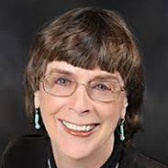
Marjorie Suchocki
Marjorie Hewitt Suchocki is an author and United Methodist professor emerita of theology at Claremont School of Theology. She is also co-director of the Center for Process Studies at Claremont. Suchocki earned a BA in Philosophy from Pomona College in 1970, and both an MA and PhD in religion from Claremont Graduate School in 1974. She taught at Pittsburgh Theological Seminary from 1977 to 1983. From 1983 to 1990 she was professor of systematic theology and dean of Wesley Theological Seminary. In 1990 Suchocki returned to Claremont School of Theology, where she held the endowed Ingraham chair in theology and joint appointment at the Claremont Graduate School until her retirement in 2002. She has held visiting professorships at Vanderbilt University in 1996 and 1999, and at the Ruprecht Karl University of Heidelberg in Heidelberg, Germany in 1992. Since 2001 Suchocki has been director of the Whitehead International Film Festival. She is a leader in the field of process theology.
Section XII Chair

Sheri Kling
Sheri Kling is a doctoral student in Religion and Process Studies at Claremont School of Theology, and has a master of theological studies from the Lutheran School of Theology at Chicago. Her research interests include the interweaving of Christian spirituality, psychology, and theology with the spiritual practice of dream work. Other research interests include: interreligious studies, Christology, ecofeminism, the thought of Pierre Teilhard de Chardin, wisdom theology, and Christian spirituality/mysticism. She is also a singer, songwriter, guitarist and essayist and considers herself a “voice for transformation.”
Suggested Resources
Links to Section-related books and media for pre-conference preparation include:


